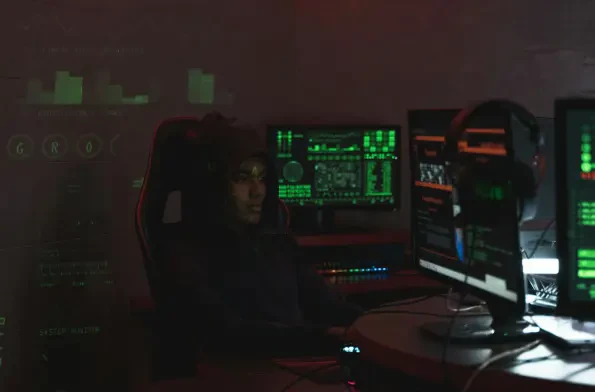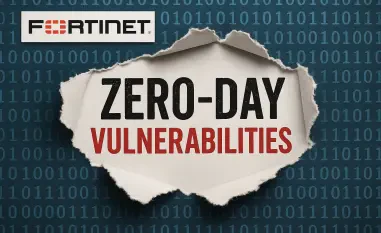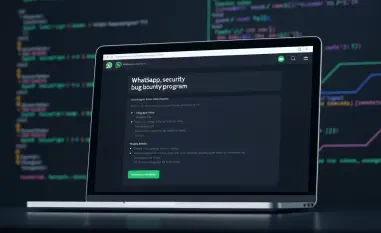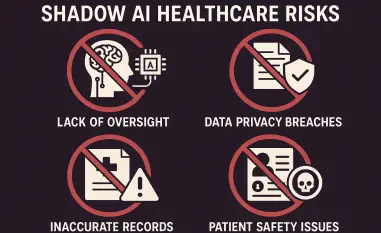Diving into the dark corners of cybersecurity, we’re thrilled to sit down with Malik Haidar, a seasoned expert with a wealth of experience in tackling digital threats at multinational corporations. With a sharp focus on analytics, intelligence, and security, Malik has a unique knack for blending business strategies with cutting-edge defense mechanisms. Today, we’re exploring the sinister TamperedChef malware campaign, a global malvertising scheme that’s ensnaring unsuspecting users. Our conversation will delve into the deceptive tactics of this threat, its intricate attack methods, the infrastructure behind it, and the industries most at risk, while uncovering the motives driving these cybercriminals.
Can you give us an overview of what the TamperedChef malware campaign entails and why it’s such a significant threat?
Absolutely. TamperedChef is a sophisticated global malvertising campaign that tricks users into downloading malware through fake software installers. It’s been ongoing for quite some time, and what makes it particularly dangerous is its focus on persistence—once it’s on a system, it delivers JavaScript malware that allows attackers remote access and control. The campaign leverages everyday app names and social engineering to build trust, evading both user suspicion and many traditional security tools. It’s a stark reminder of how cybercriminals are industrializing their operations to scale attacks worldwide.
How do the attackers behind TamperedChef use social engineering to lure victims into their trap?
They’re incredibly crafty with their approach. These threat actors rely on familiar software names—think PDF editors or utility tools—that people search for daily. They exploit search engine results and malicious ads, often on platforms like Bing, to present poisoned links or ads that lead users to fake download sites. It’s all about exploiting trust; users see a familiar app name or a seemingly legitimate ad and don’t think twice before clicking. That’s where the danger begins.
What can you tell us about the fake installers used in this campaign and how they appear so convincing?
The fake installers are designed to look incredibly legitimate. They mimic the branding and user interface of real software, complete with licensing agreements and thank-you messages post-installation to keep up the facade. What’s more insidious is their use of code-signing certificates, often issued to shell companies. These certificates make the software appear trustworthy to both users and security systems, as signed applications are generally seen as safe. It’s a clever abuse of a system meant to protect us.
How do attackers manage to keep this deception going even when their certificates are revoked?
They’ve got a disturbingly efficient process. When a certificate gets flagged and revoked by security teams or authorities, the attackers simply register new shell companies—often in places like the U.S., Panama, or Malaysia—and obtain fresh certificates under different names. It’s almost like a business operation for them, continuously churning out new identities to maintain their veneer of legitimacy. This adaptability is a big reason why the campaign remains active despite efforts to shut it down.
Could you walk us through the step-by-step process of a typical TamperedChef attack from the moment a user falls for the bait?
Sure. It starts when a user searches for something like a product manual or a PDF editor and clicks on a malicious ad or a poisoned URL in the search results. That takes them to a deceptive domain, often registered on budget platforms, where they’re prompted to download an installer. Once executed, the installer shows a normal-looking setup process, even opening a browser tab with a thank-you message. But behind the scenes, it drops an XML file to create a scheduled task that runs an obfuscated JavaScript backdoor, quietly connecting the device to the attacker’s server.
What does this JavaScript backdoor do once it’s active on a victim’s system?
Once active, the backdoor is all about stealth and control. It communicates with an external server using encrypted, Base64-encoded JSON strings over HTTPS, which helps it blend in with regular web traffic. It sends over basic system info like session IDs and machine IDs, essentially giving attackers a foothold to monitor or manipulate the device remotely. The real danger is what comes next—whether it’s stealing data or installing more malicious payloads, the backdoor opens up a world of possibilities for the attackers.
What do you think are the primary motives driving the TamperedChef campaign based on what’s been observed so far?
The motives are still a bit murky, but there are clear indicators of financial gain. Some iterations of the campaign have been linked to advertising fraud, which suggests they’re monetizing traffic in some way. There’s also a strong possibility they’re harvesting sensitive data or selling access to compromised systems on underground forums. Cybercriminals often operate as part of a larger ecosystem, so turning a profit by enabling other fraudsters is likely a key driver here.
Which regions and industries are bearing the brunt of this malware, and what makes them vulnerable?
The U.S. has seen the highest concentration of infections, likely due to its large online user base and heavy reliance on digital tools. Other regions like Israel, Spain, Germany, India, and Ireland are also impacted, though to a lesser extent. As for industries, healthcare, construction, and manufacturing are hit hardest. These sectors often depend on specialized software and manuals, leading employees to search online frequently—exactly the behavior TamperedChef exploits. Their technical needs make them prime targets for these deceptive ads and downloads.
How would you describe the infrastructure supporting the TamperedChef campaign, and what makes it so effective?
The infrastructure is almost industrial in nature, which is both impressive and alarming. It’s built like a business, with streamlined processes to create new fake domains, acquire code-signing certificates, and deploy fresh installers as older ones are detected. This setup allows them to scale rapidly and adapt to countermeasures, maintaining a steady flow of attacks. The use of cheap domain registrars and shell companies adds layers of anonymity, making it tough to trace or dismantle their operations.
What is your forecast for the evolution of campaigns like TamperedChef in the coming years?
I think we’re going to see these types of campaigns become even more sophisticated and targeted. As security tools get better at detecting broad malvertising, attackers will likely pivot to more personalized social engineering, perhaps using AI to craft hyper-specific lures or mimic trusted entities. We might also see them targeting emerging technologies or industries adopting new digital tools, exploiting gaps in awareness. The cat-and-mouse game will continue, and staying ahead will require a mix of user education, advanced detection, and disrupting their infrastructure at every turn.













